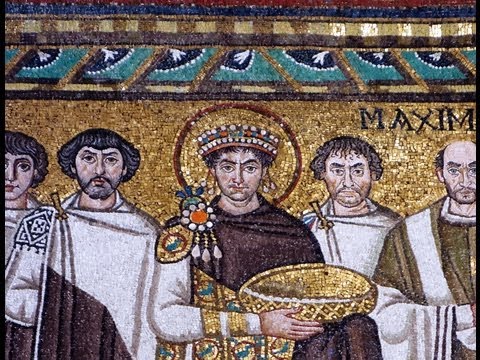12.3: San Vitale
( \newcommand{\kernel}{\mathrm{null}\,}\)
San Vitale is one of the most important surviving examples of Byzantine architecture and mosaic work. It was begun in 526 or 527 under Ostrogothic rule. It was consecrated in 547 and completed soon after. Dr. Beth Harris and Dr. Steven Zucker provide a description, historical perspective, and analysis of the church.
Contributors and Attributions
- San Vitale, Ravenna. Authored by: Dr. Beth Harris, Dr. Steven Zucker. Provided by: Khan Academy. Located at: www.khanacademy.org/humanities/medieval-world/byzantine1/venice-ravenna/v/justinian-and-his-attendants-6th-century-ravenna. License: CC BY-NC-SA: Attribution-NonCommercial-ShareAlike



